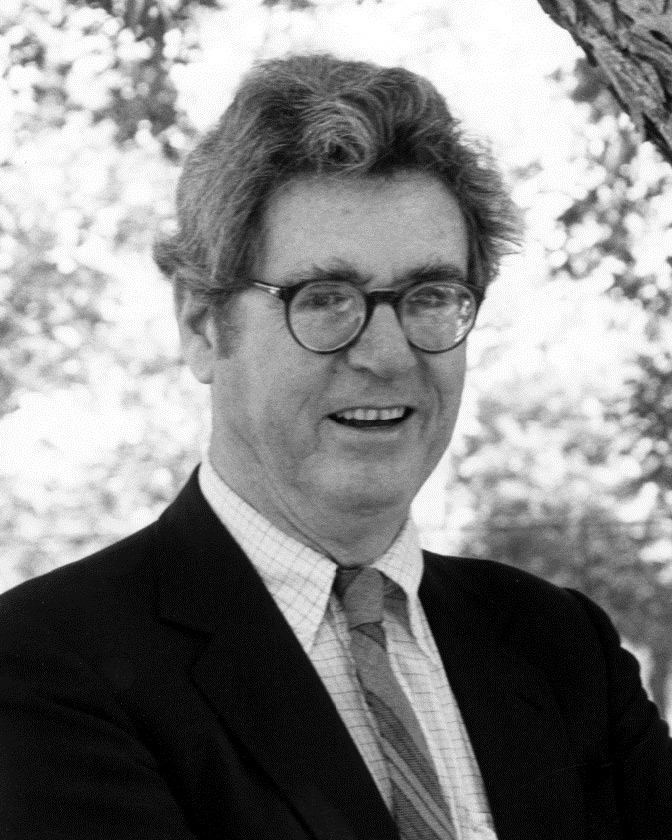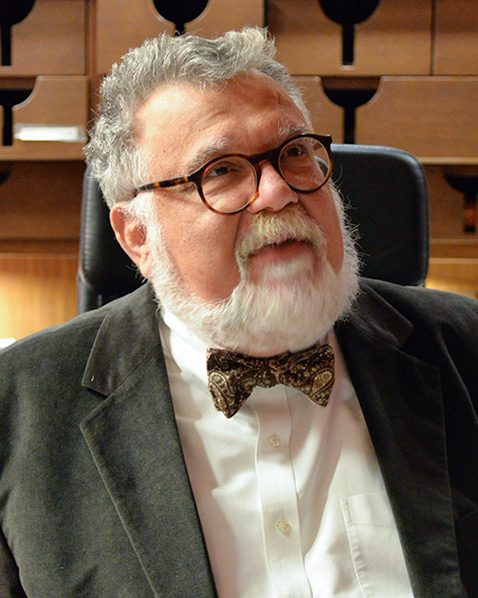Tributes Published in AGU’s EOS and in LPI Bulletin
Dr. Kevin C. A. Burke was a faculty member with the University of Houston’s Department of Earth & Atmospheric Sciences for 35 years; he passed way in March 2018.

Professor A. M. Celâl Şengör, Geology Department, Faculty of Mines, Istanbul Technical University, contributed a moving tribute published in the August 2018 issue of EOS, the monthly publication of the American Geophysical Union. With over 62,000 members in 142 countries, AGU is the largest single organization dedicated to the advancement of geophysics and acts to unite Earth, atmospheric, oceanic, hydrologic, space, and planetary scientists. Both Burke and Şengör have been long-term AGU members.
Şengör was an exchange undergraduate geology student at UH EAS during the late 1970s. He left EAS to begin the Ph.D. program at the State University of New York in 1977. At SUNY, Şengör worked closely with Burke who was a professor there until 1983 when Burke left SUNY to join the UH EAS department. In addition to UH, Burke worked as the director and associate director of NASA’s Lunar and Planetary Institute in Clear Lake during the period of 1982-1988.
Şengör and Burke co-authored papers on tectonic topics including strike-slip faulting, rifting, and orogenesis during the 1970s through 1990s.

In 2016, Şengör and Ali Polat published a tribute to Kevin Burke and colleague at SUNY, John Dewey, in the Canadian Journal of Earth Sciences, as part of a symposium honoring both men. At the same symposium, Professor Trond Torsvik of University of Oslo, who was a close collaborator with Burke on Earth evolution and mantle and core dynamics, published another tribute to Burke in this same journal issue.
A Burke Tribute by Renee Dotson, focusing on his contributions to the Lunar and Planetary Institute, published in 2018.